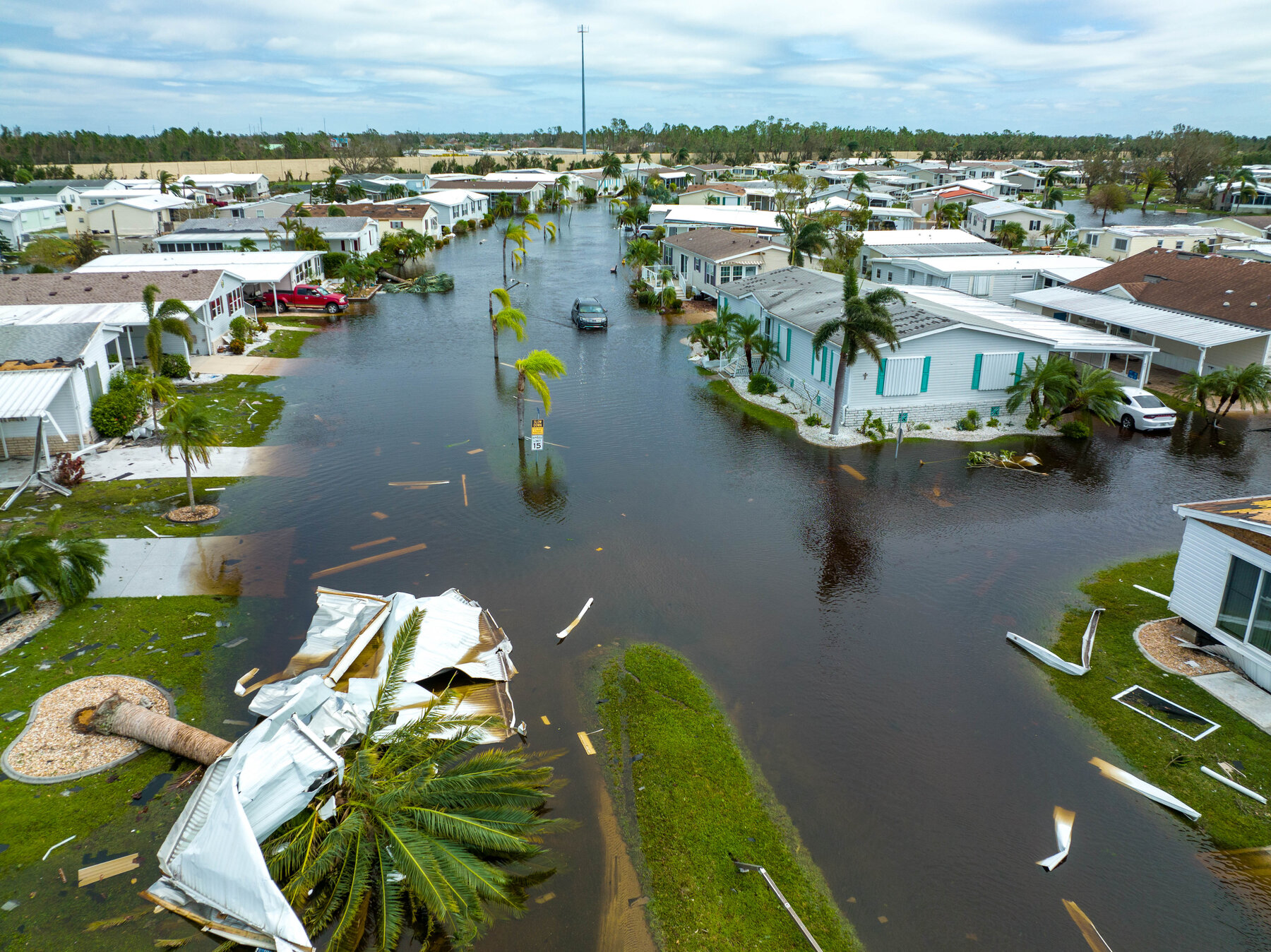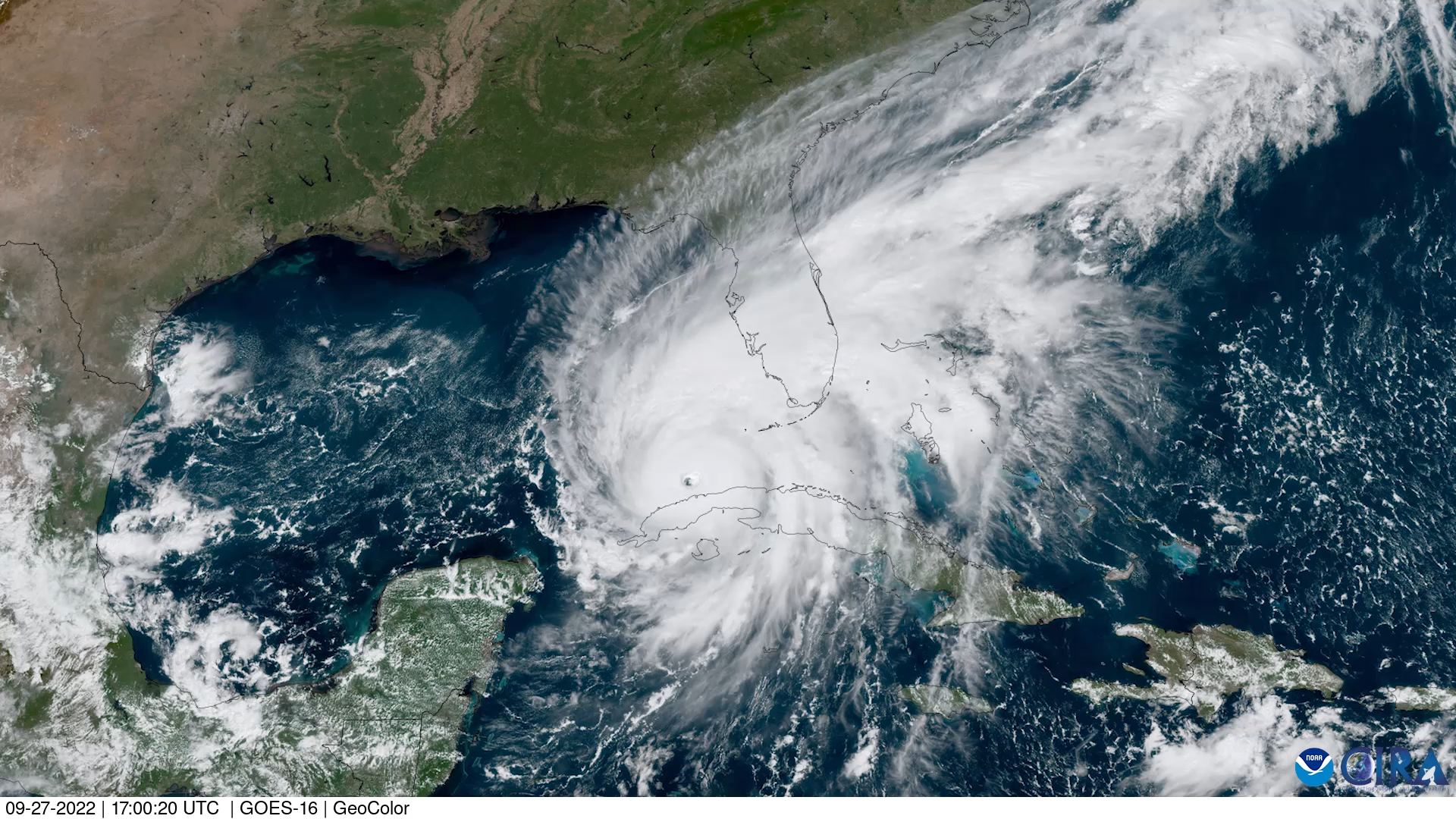Introduction
Southwest Florida witnessed the landfall of Hurricane Ian, a Category 4 hurricane with winds of up to 155 mph (250 kms per hour). As a result, it ranks among the five strongest storms to ever affect the United States as a whole and the state of Florida. Over 2 million individuals lacked access to electricity throughout the state. Hurricane Ian is the type of storm that weather experts have long warned about that a hurricane may impact Florida’s western coast, where construction and population growth have taken place despite the greater risk of hurricane in recent years. There are chances that a significant area can be destroyed by catastrophic winds, severe rainfall, and storm surge caused by low pressure systems that force ocean water barriers offshore. Hurricane impacts in the United States are getting stronger due to multiple factors including climate change and human involvement through industrial carbon pollution which are making weather events more intense and weather patterns more complicated. Scientists are now unsure of whether the frequency of storms will change or not, but they are convinced that hurricanes strength and severity will keep on rising. Due to these tendencies, storms are becoming stressful in terms of material losses and human casualties.

The situation on the Ground
According to National Oceanic and Atmospheric Administration (NOAA) tidal gauge data, sea levels in the areas of South Florida have already increased by nearly eight inches since 1950. As a result, the water base level is higher, allowing hurricane surge to extend a few inches higher and cover a larger area. As polar ice sheets melt more quickly due to warmer temperatures, researchers anticipate an acceleration of sea level rise in future. Hurricane Ian has claimed the lives of more than 100 people. In addition to human casualties, infrastructure has been severely damaged and the recovery is anticipated to cost insurers a heavy amount and $67 billion damage as per Bloomberg reports, which would make it the most expensive since Hurricane Andrew in 1992. While authorities in South Carolina started evaluating the damage from Hurricane Ian’s impact, rescuers looked for survivors among the wreckage of Florida’s homes that had been flooded. According to President Joe Biden, Hurricane Ian could end up being the deadliest hurricane in Florida history and may have caused “substantial loss of life.” In addition to causing damage to the area, hurricanes undermine public health, transportation, energy, water and sewer systems, as well as structures for manage flooding. The provision of vital services to communities and the maintenance of business continuity depend on these systems which are completely halted due to frequency and occurrence of hurricanes while affecting different dimensions of human security.

Factors Affecting Hurricanes
There is a consensus that storms like Ian have already been impacted by the sea level rise and increased temperatures over the past century, and that this impact may persist in the future. Weather that is hotter causes oceans to get warmer and strengthens hurricanes. The temperature of oceans is rising because of climate change, in addition to this greenhouse gases released into the atmosphere, as well as other factors such as excessive levels of physical air pollution can be attributed to human activities that have resulted in extreme weather conditions. Rapid intensification, which occurs when a storm’s highest wind speeds increase by 35 mph or more in a single day, is one of the most destructive characteristics of hurricanes. Early studies suggest climate change has already made rapid intensification more common. According to an IPCC study from 2021, “during the past four decades, the global frequency of fast intensification occurrences has probably increased.” Furthermore, despite the fact that hurricanes occur less frequently nowadays, but climate change has increased their intensity about 25% since 1979 as per NOAA report of 2020.

A threat from climate change originally appeared far off which is not true anymore. We are all too familiar with its appearance now. Every hurricane, intense downpour, flood, heat wave, wildfire, and drought demonstrates it more vigorously. Even the daily weather reflects climate change situation. The oceans and air are getting warmer, there is more water vapor in the atmosphere, and sea levels are higher as a result of climate disruption. These changes have altered the background conditions in which all weather happens. Here, Ian Hurricane is a good example. In order to lower the probability of the strongest hurricanes in the future, it is imperative to make immediate reductions in greenhouse gas emissions with an aim of halting global warming. Therefore, it has become crucial than ever before to develop resiliency and adapt to the changes that are unavoidable while also taking all reasonable precautions to save our globe from the disastrous effects of climate change resulting in bigger and destructive events.

Research Associate, Pakistan House



